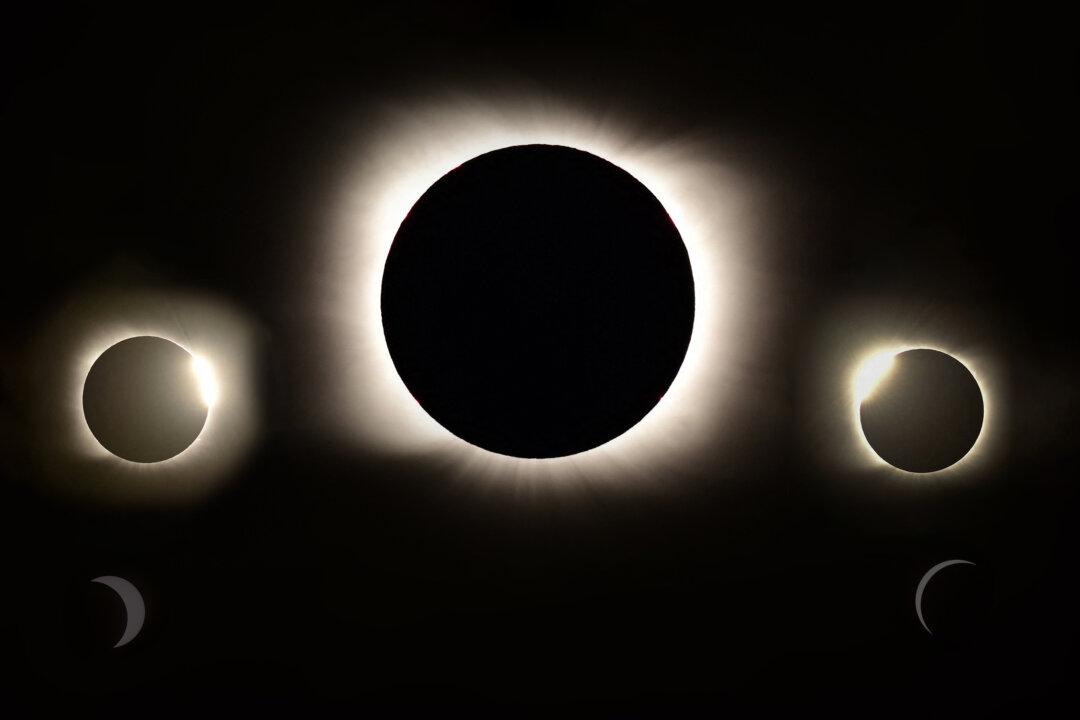If things go the way astronomers say they will, some 32 million North American locals will witness the sun go black on April 8, 2024, with millions more flocking to see the extraordinary astronomical event. It’s been billed as becoming the most watched solar eclipse in history.
A total solar eclipse is where the new moon passes directly in front of the sun, totally blocking out sunlight, and casting the moon’s shadow upon the surface of the Earth.






